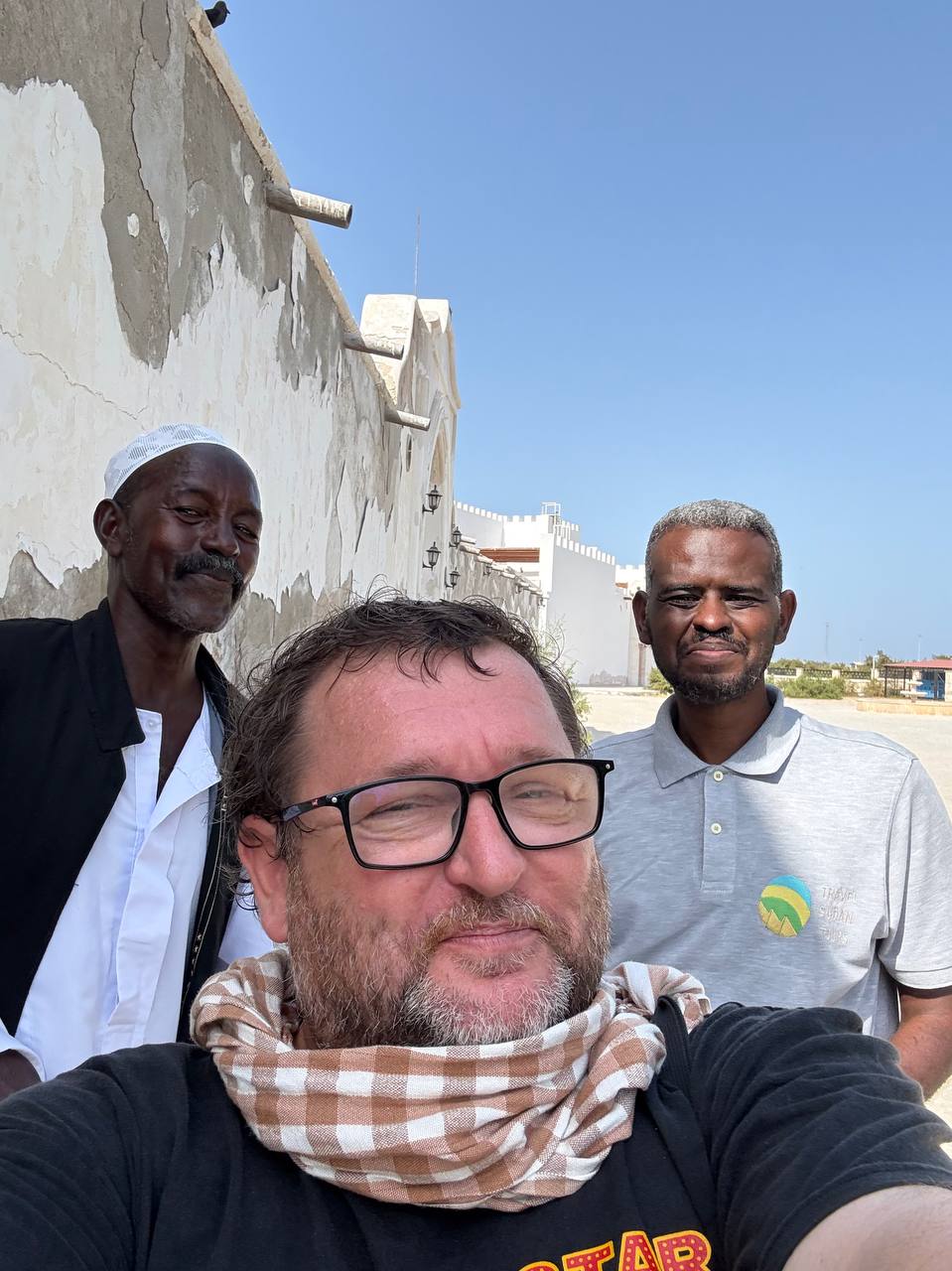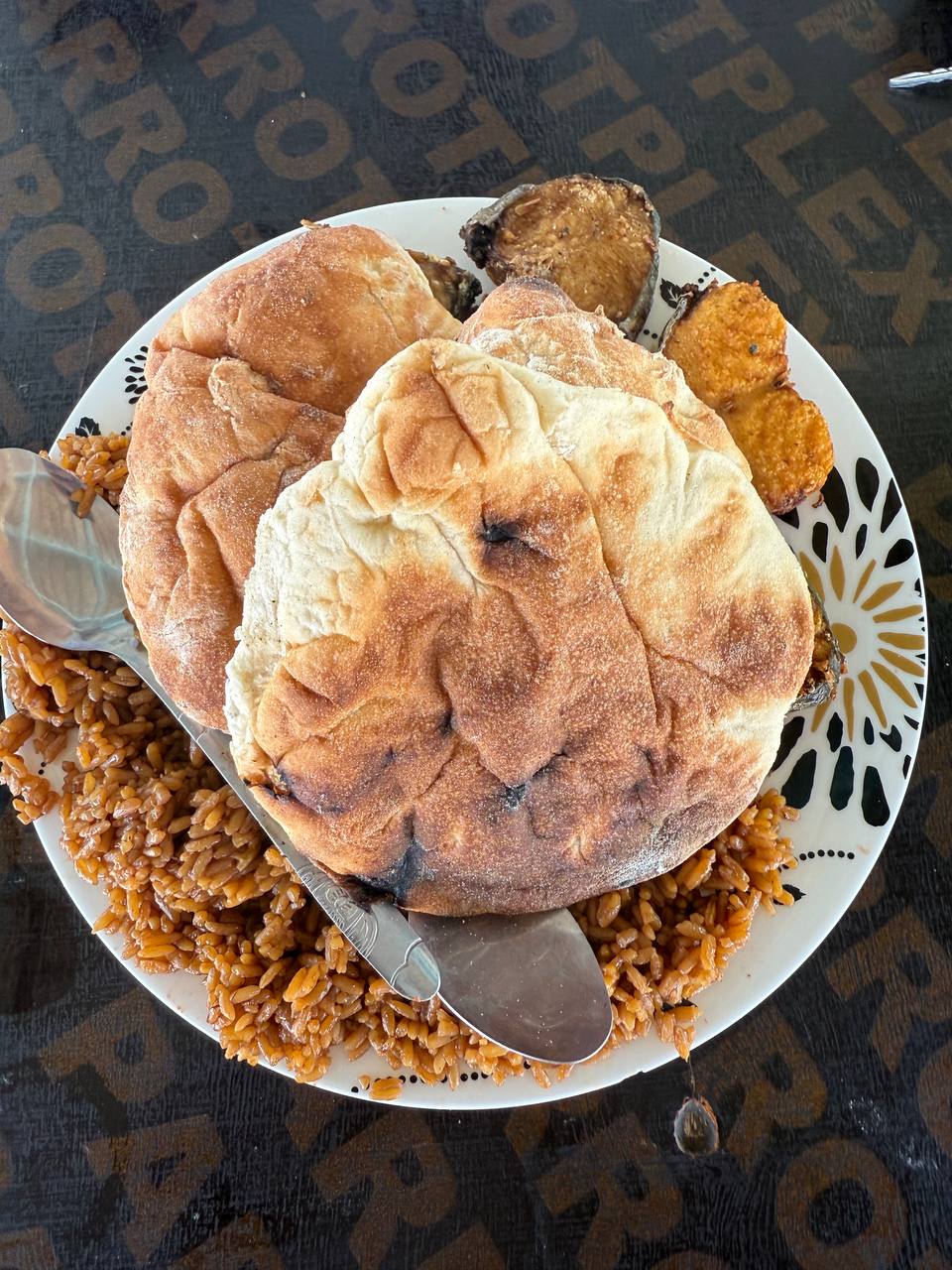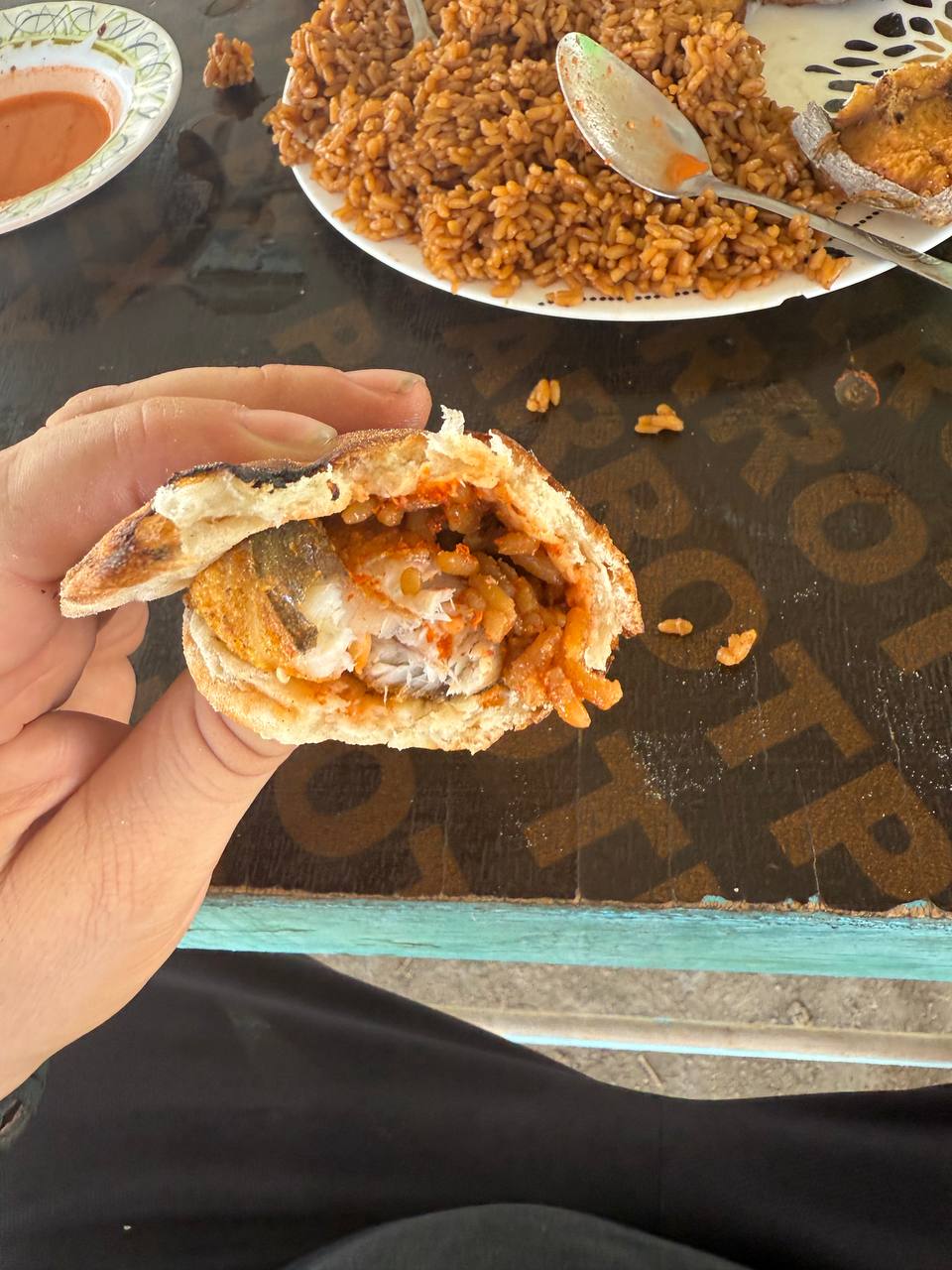Suakin, or Sawakin was formerly the most important port in Sudan, as well as one of the main trade routes between Africa and the wider world. Alas politics got in the way and it is no longer trade hub, instead becoming one of the most important tourist centers of the Sudanese coast.
And because of this YPT”s Gareth (me) decided to go check it out as part of our inaugural research trip to Port Sudan. The good news? Suakin is so cool we very much intend to go back.
What the Suakin?
Suakin was once the place to be on the Red Sea. This ancient port city in Sudan was a major trading hub for centuries, connecting Africa, Arabia, and beyond. But like most things, imperialism wrecked it. When the British showed up in the late 19th century, they met resistance. Suakin backed the Mahdist uprising and fought hard against foreign rule.
The British didn’t like getting their hands dirty. Instead of fixing a rebellious city, they decided to ditch it. They built Port Sudan up the coast, shiny, new, and easy to control. Port Sudan took the trade, the ships, the money, and left Suakin to rot.
Today, Suakin is a crumbling mess. Ancient coral houses collapse into the dirt. Old Ottoman streets are full of stray goats. Every few years someone talks about rebuilding it. Turkey even tried to lease and restore parts of it, with the embassy even visiting on the day we were there. Sadly nothing ever really happens. Sudan’s constant political chaos makes sure of that.
Nowadays visiting here not just puts you very much in a minority of people, but also first and foremost in the new Dark Tourism and Ghost City Tourism that exists in Sudan as a whole.
Things though are slowly changing as Port Sudan becomes the capital of an increasingly divided Sudan, although how much we actually end of seeing is yet to be seen. There is though enough to see in Suakin to justify a trip here.

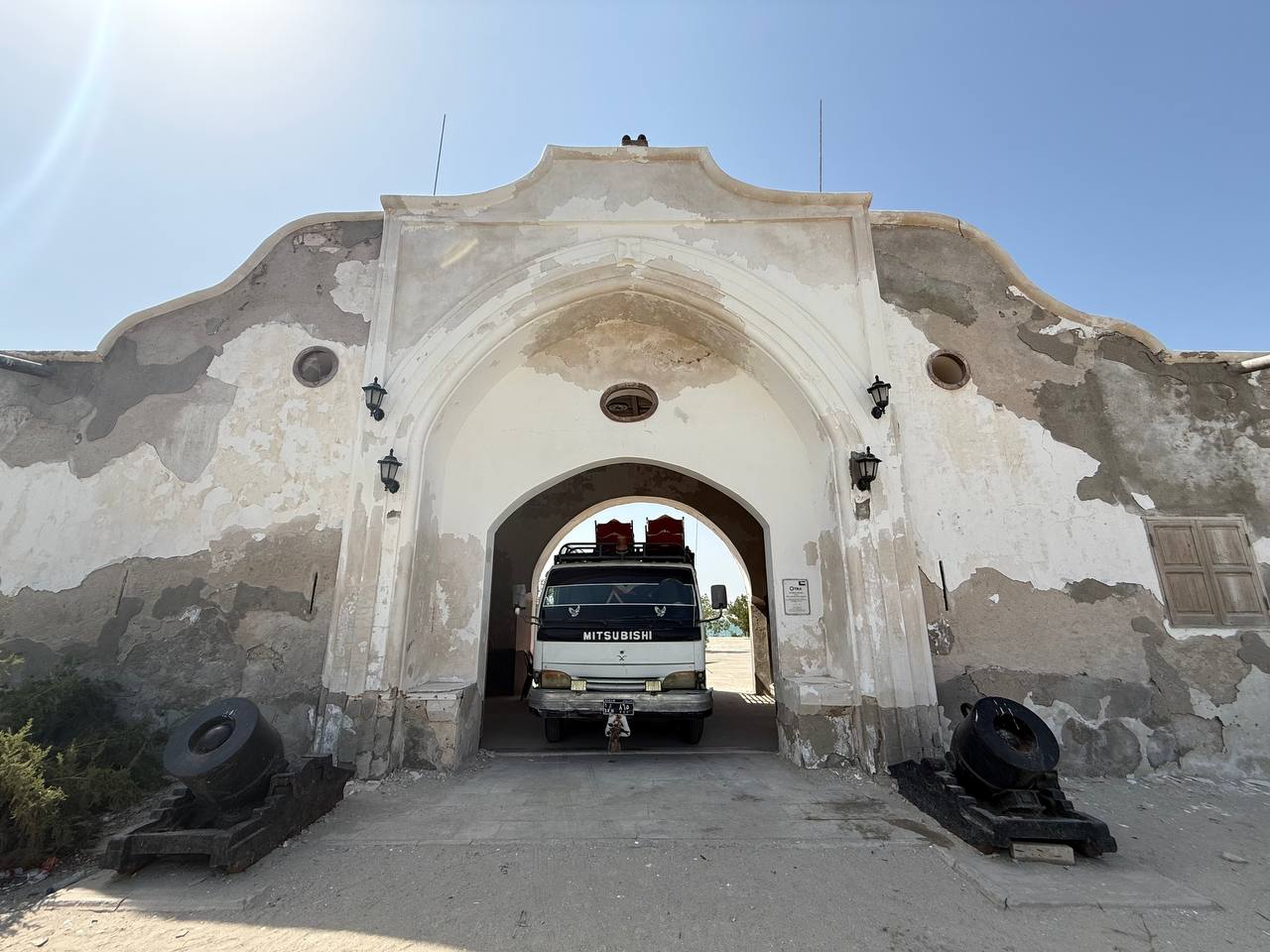

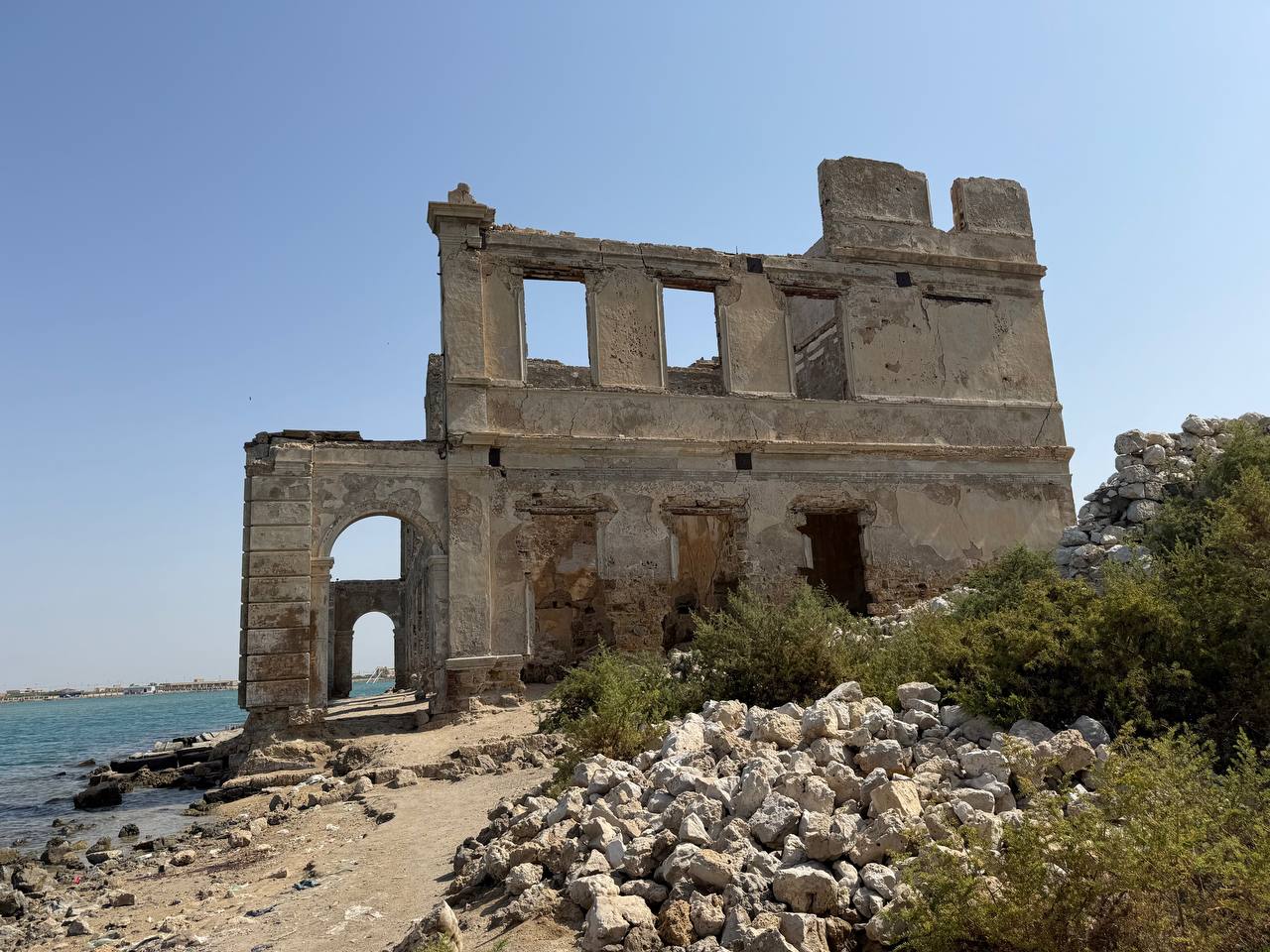

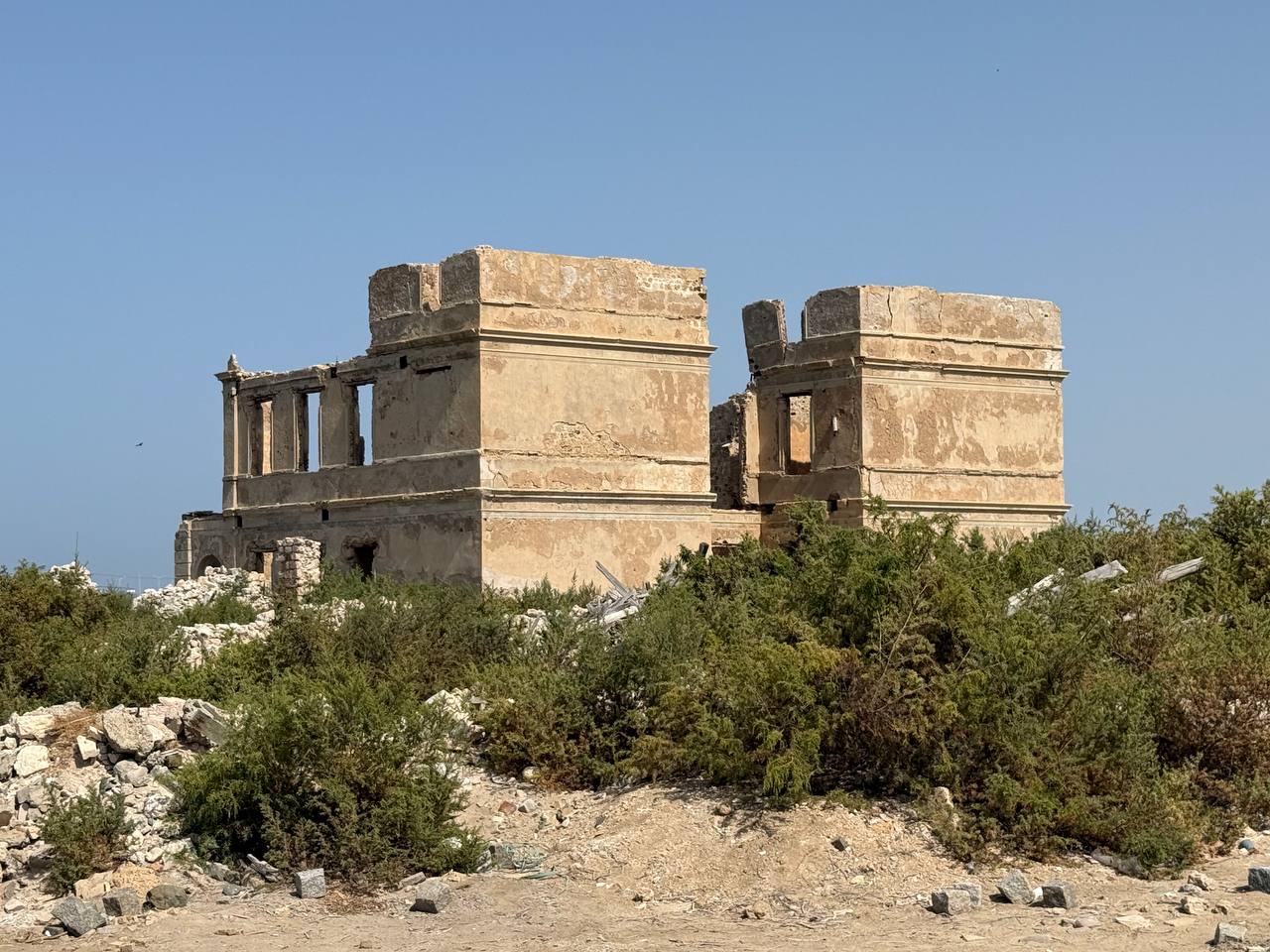







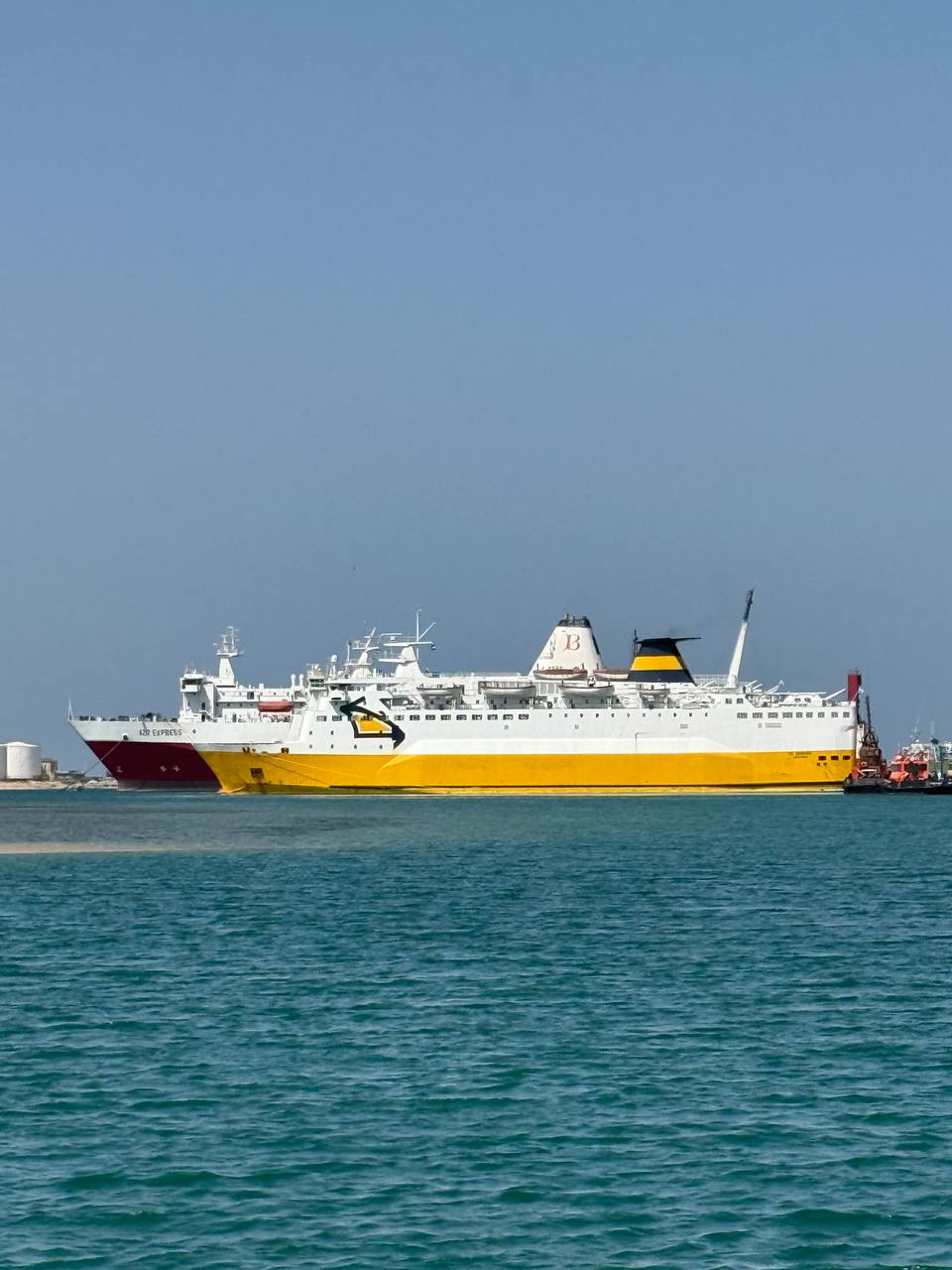

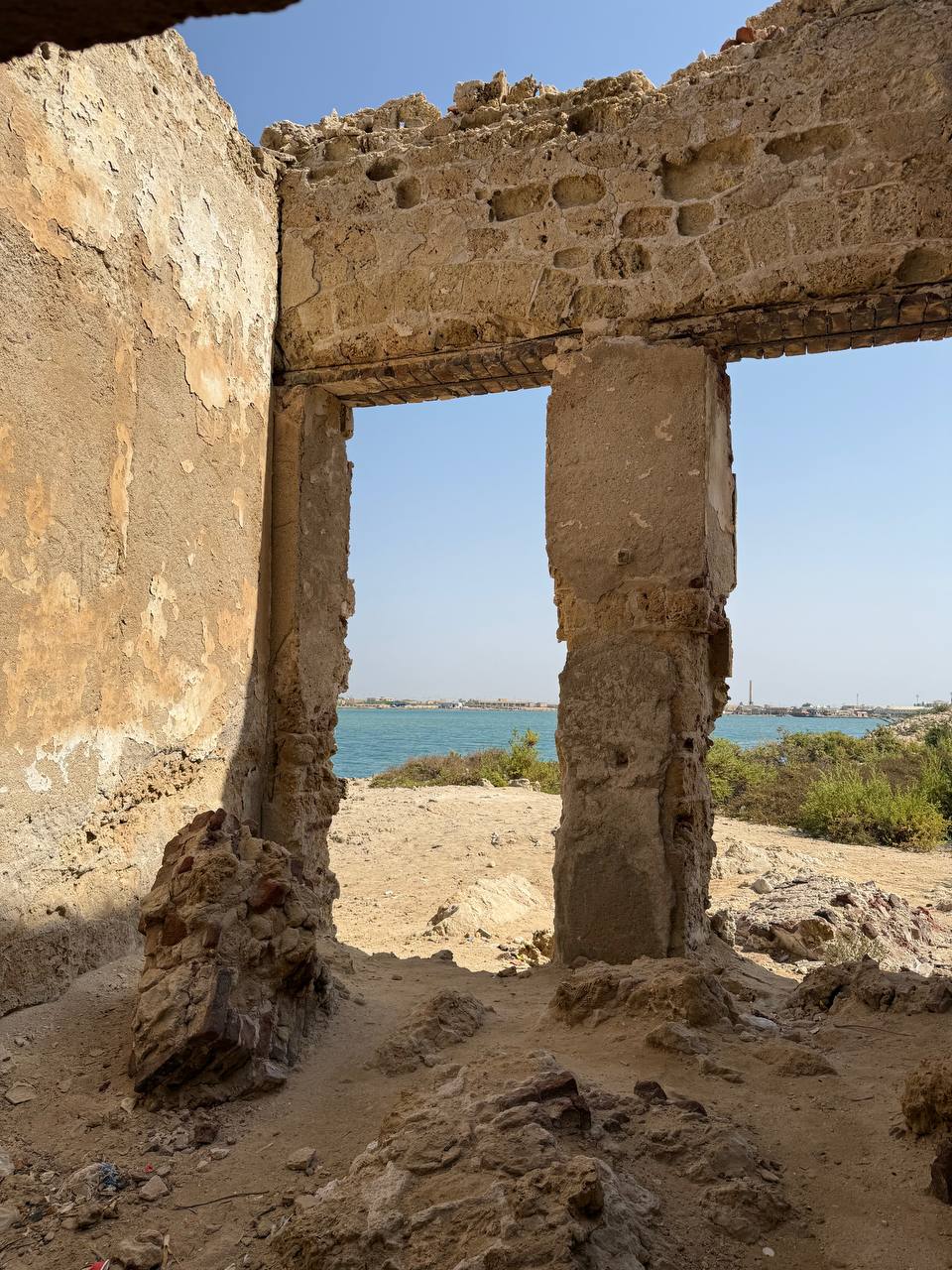

What is the there to see and do in Suakin?
- Ruined Coral City: Once a bustling Ottoman port, now a haunting maze of collapsed coral buildings. Earthquakes and neglect have left behind skeletal remains of a once-thriving hub.
- El-Geyf Mosque: Located on the mainland, this mosque stands as a testament to Suakin’s Islamic heritage. Touted as one of the oldest in Sudan, but seems dubious.
- Old Port Area: The heart of Suakin’s maritime past. Though overshadowed by Port Sudan, the old port still whispers tales of trade, pilgrimage, and colonial ambitions. There are current plans to turn it into a hotel.
- Bank of Khartoum Suakin Established in 1913 during the Anglo-Egyptian era, and the wreckage is noted as being the oldest bank in Sudan.. This old building sits on the waterfront and with all things considered does not look all that bad.
- Ferry Terminal to Jeddah: Still operational, this terminal connects Sudan to Saudi Arabia. This could well become of touristic importance,
- Local Market (Suq): A vibrant spot where you can experience the daily hustle, from fresh seafood to traditional crafts. It’s a slice of authentic Sudanese life amidst the ruins.
- Ottoman Customs House: A decaying structure that once regulated the flow of goods and people. Now, it’s a poignant reminder of Suakin’s strategic importance.
- Gordon’s Gateway: Named after General Charles Gordon, this entrance stands as a relic of British colonial presence and the complex history that ensued.
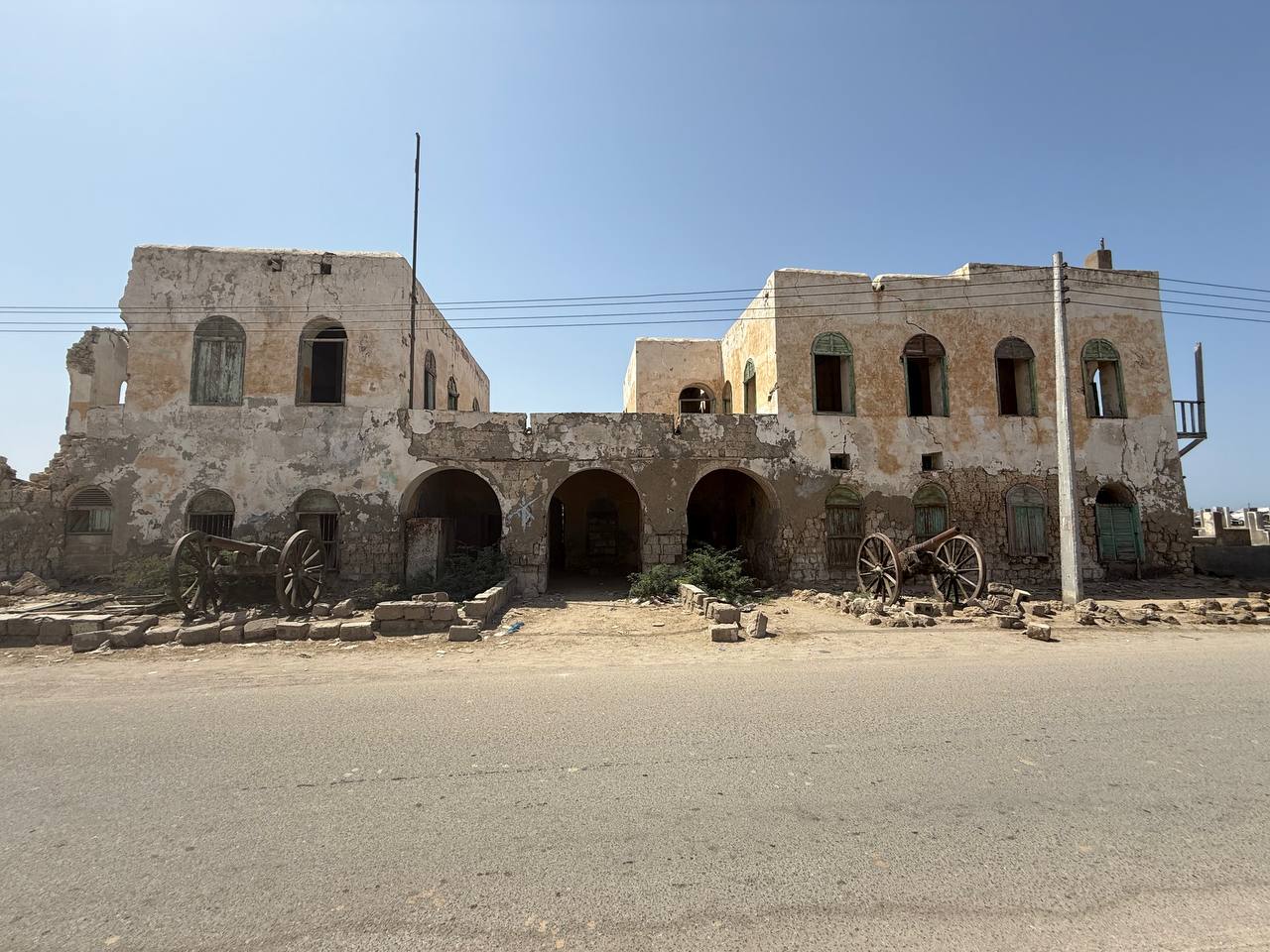

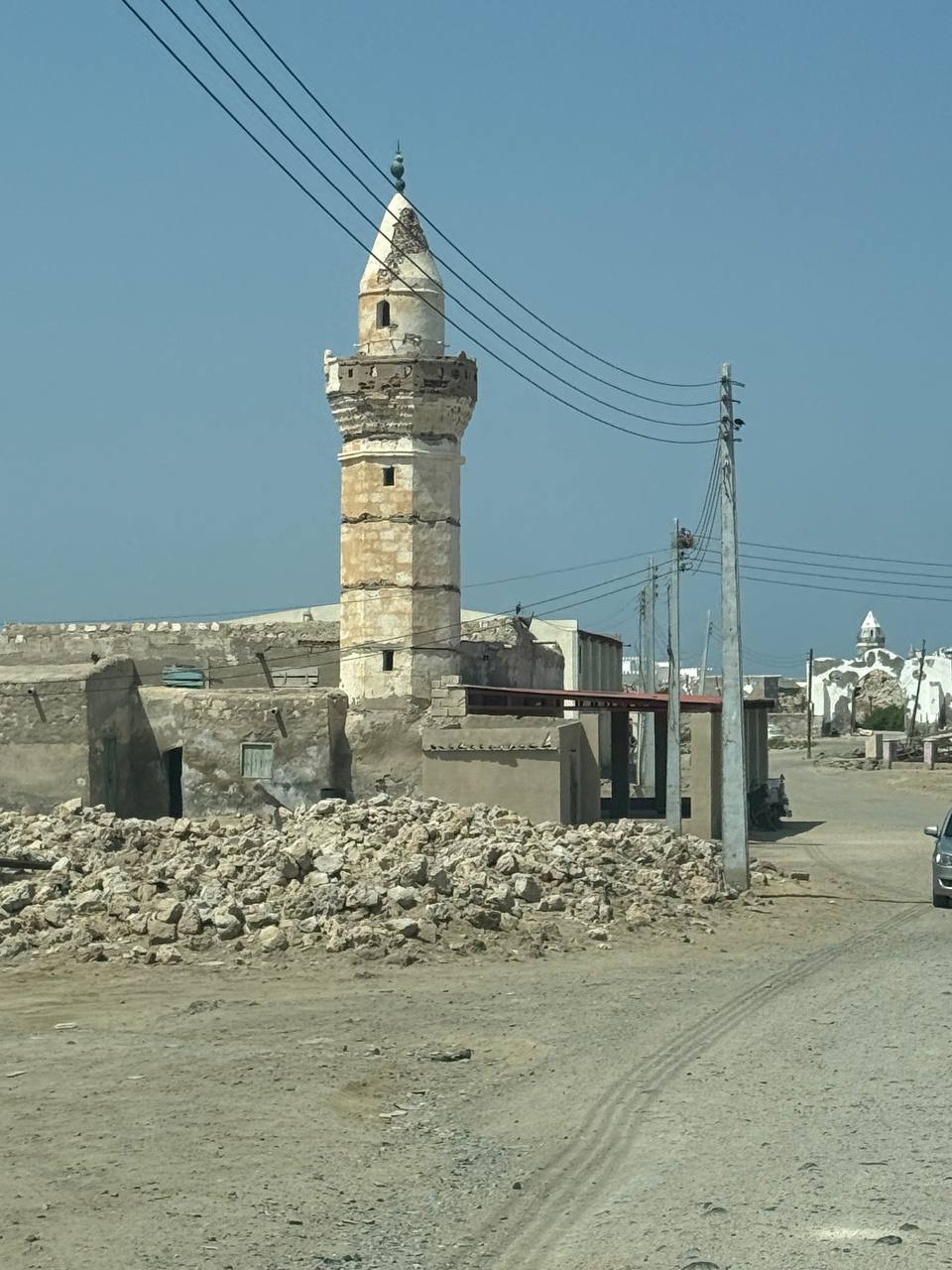

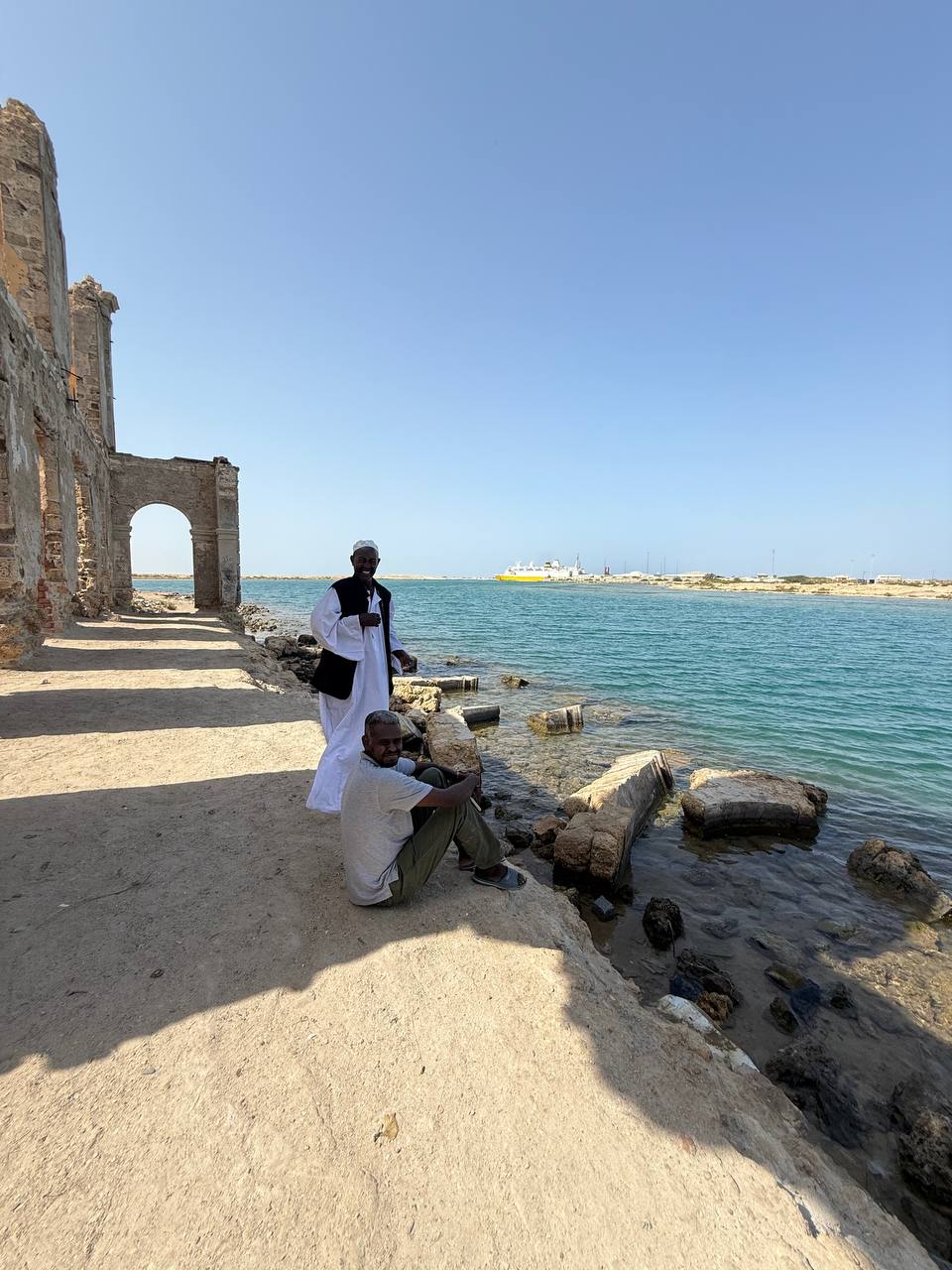

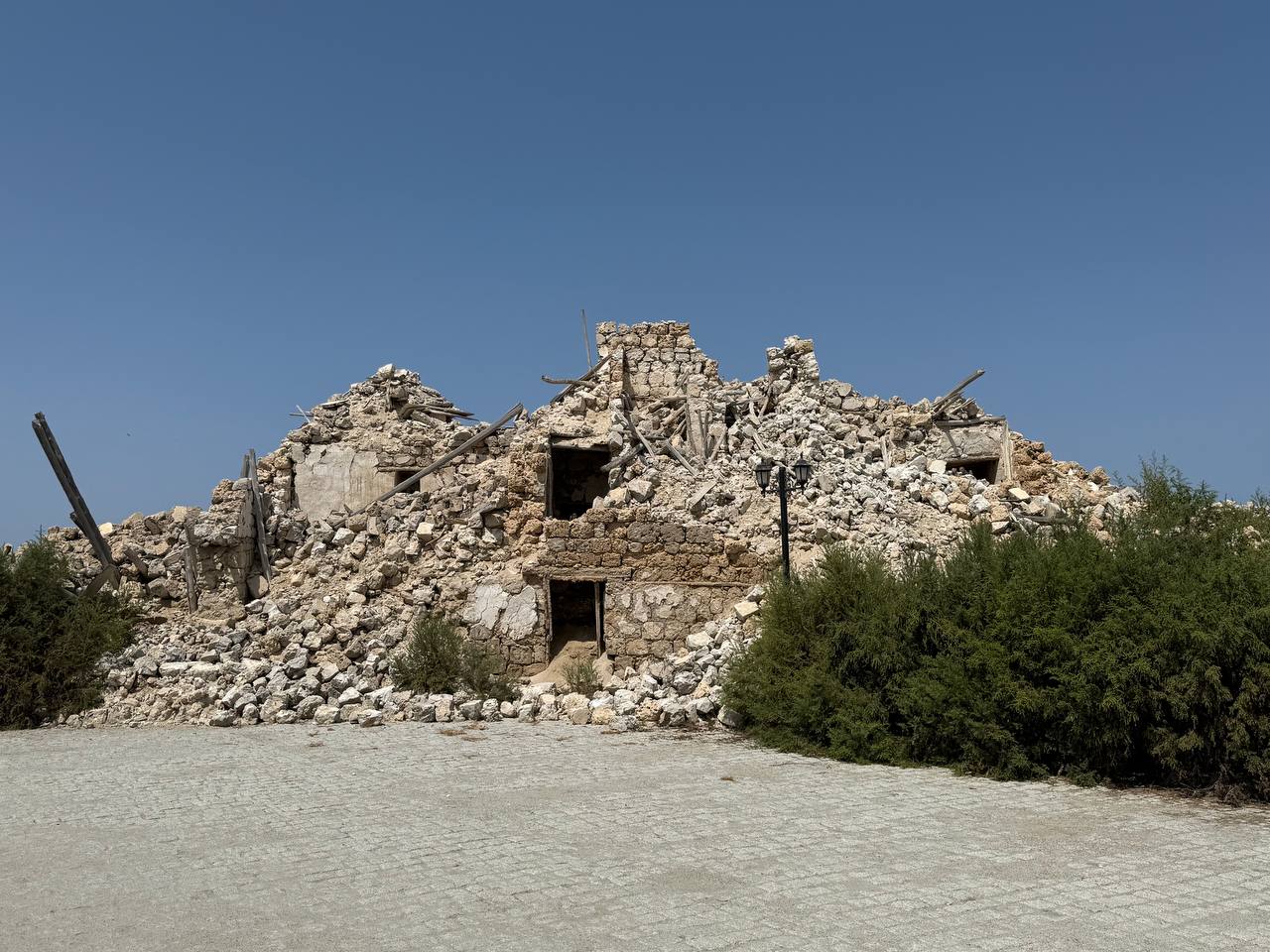

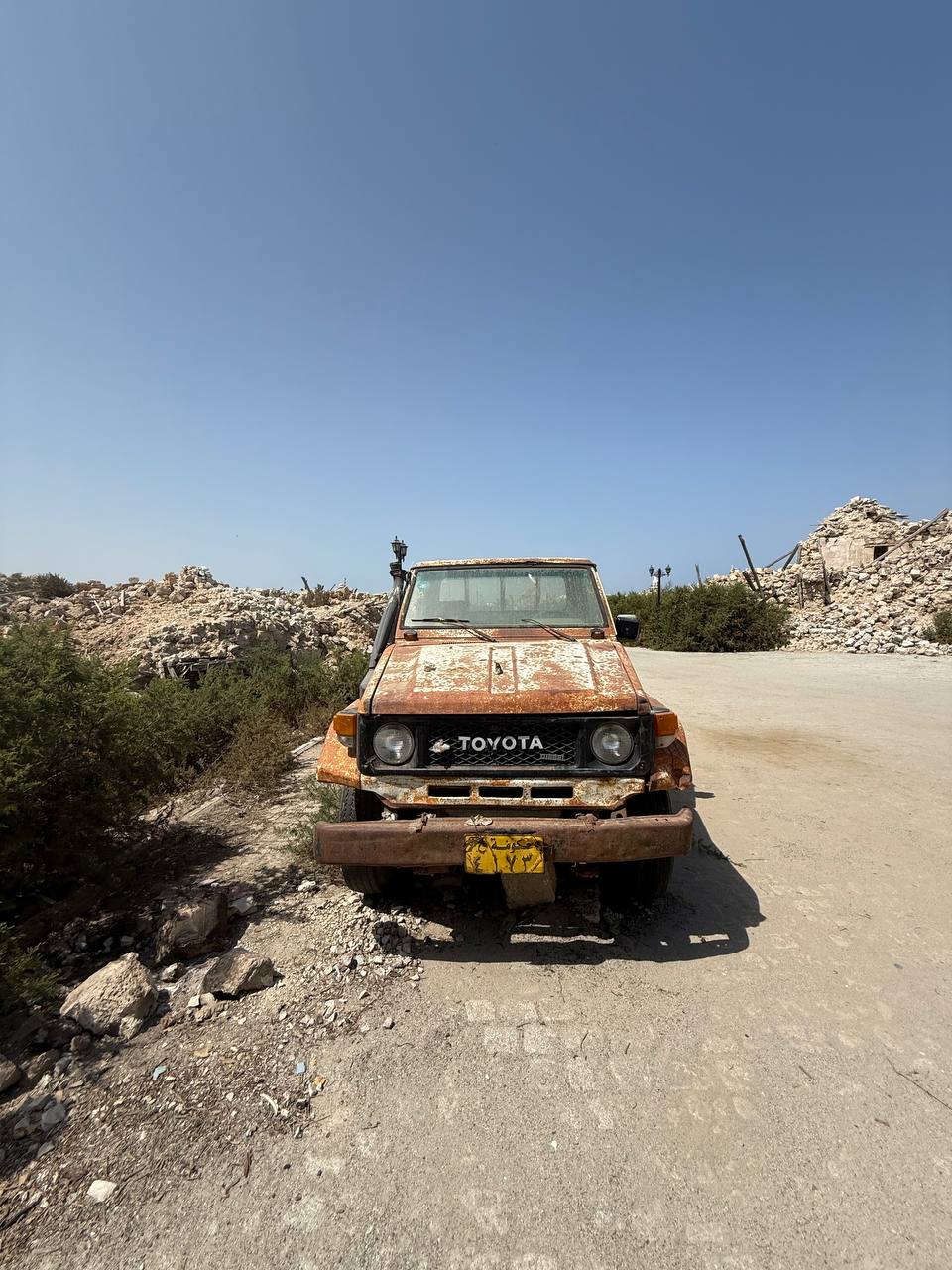




Eating and drinking in Suakin
While not exactly eclectic by African standards, Suakin still punches above its weight when it comes to food. Wander the crumbling streets and you will find a surprising amount of culinary life bubbling beneath the surface.
The heart of it all is the local market. This is a proper Sudanese suq where stalls groan under the weight of fresh fish, goat meat, spices, and fruits. It is raw, chaotic, and alive, exactly how a market should be. Do not expect any polished tourist version. Expect dust, shouting, clattering pans, and some of the best grilled fish you will ever eat, usually wrapped in whatever scrap of newspaper is lying around.
Suakin also has its street food scene. The town does not do fast food in the western sense. Instead you will find grilled meats sizzling on open coals, fried fish stacked high, roasted peanuts, fresh flatbreads, and street-side pots of full and lentil stews. In the evenings, hibiscus juice sellers line the streets, each competing to quench the desert heat.
For something more organized, Suakin even has a few real restaurants. The most famous is Ghanamaya Restaurant, better known to foreigners as The Maestro Restaurant. The real star of the show is not just the food but the trio of goats that eat and drink everything, including Coke. Alas they were not available when I was there, but it was more than made up for with the truly great food. Yes the Maestro will be getting its own article.
Getting to Suakin is a journey in itself. Almost everyone comes through Port Sudan, which is about 60 kilometers up the coast. If you are flying, you will land in Port Sudan’s tiny airport, then grab a taxi or shared minibus down to Suakin. The road is decent by Sudanese standards and the trip takes just under an hour.
The other option is by ferry from Jeddah in Saudi Arabia. Suakin is still a departure and arrival point for pilgrims heading to Mecca, though the ferry is more about patience than luxury. Expect long waits, paperwork, and chaos at the ferry terminal, but crossing the Red Sea the old way is an adventure most people miss.
And last, but of course not least, join a tour to Sudan with YPT!
